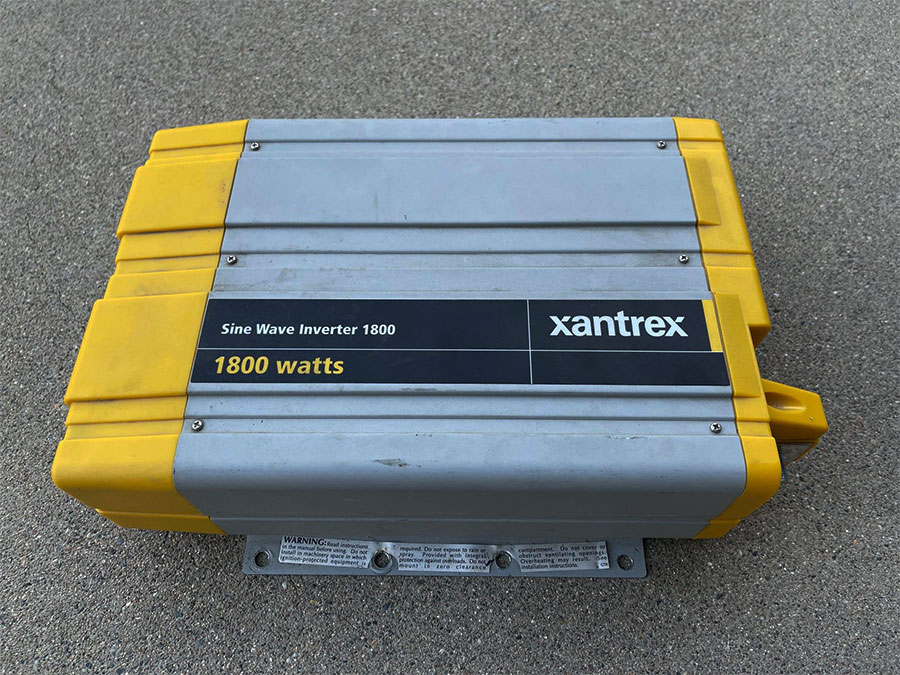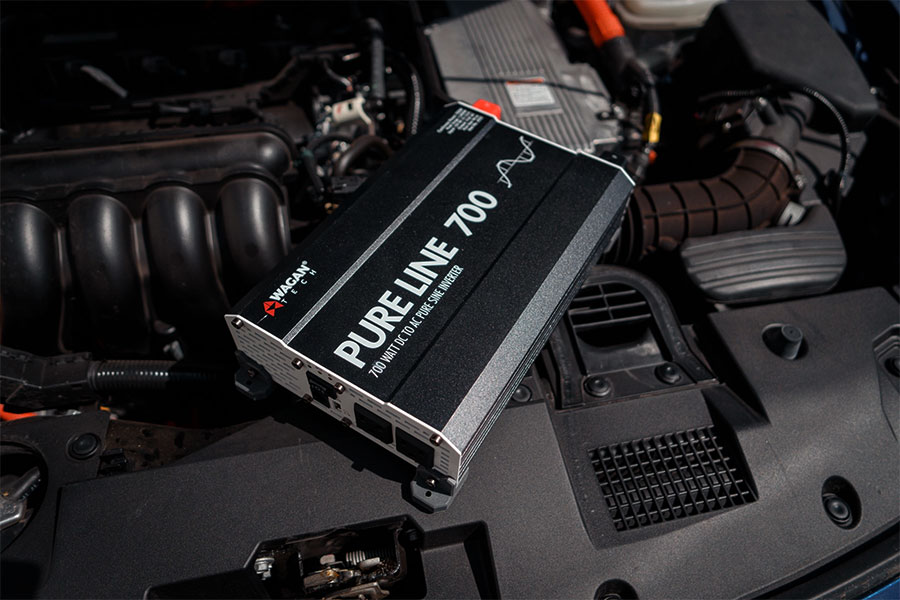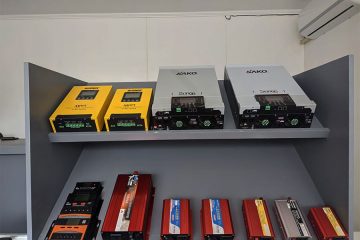Many people may not be aware of the difference between a true sine wave and a pure sine wave. A true sine is when electricity moves linearly but has an offset with the voltage and current. Pure sinewave is when there is no offset with voltage and current. This blog post will discuss what these two types of waves are, as well as how they affect your home’s power consumption.
The difference between true sine wave inverter like here and pure sine wave is that the former has harmonics added to it, meaning that other even smaller fluctuations smooth out any minor fluctuations in voltage. It’s this process that gives the waves a “pure” sound quality. In addition, with pure sine waves, you can be assured of uninterrupted power delivery because they have no peaks or troughs.
This means there are no spikes in your electric bill when electricity demand is high at certain times of the day. The downside of this type of power source is its inflexibility: whereas with a true sine wave, you can choose how much power you want delivered to your device at any given moment, with pure sine wave, every watt goes through without interruption.
True sine wave inverter vs Pure sine wave

The difference between true sine wave and pure sine wave is significant. Pure sine waves are more pricey, but they offer the best power transfer efficiency to electrical equipment. They also provide a higher voltage output than true sine waves, which is better for some applications like arc welding. For this reason, many companies choose pure sine wave generators over other types for their industrial use.
Benefits of pure sine wave vs true sine wave inverters

Do you know the difference between a true sine wave and a pure sine wave? The answer to this question can help you make more informed decisions about your power needs for your home or business. A true sine wave is generated by an AC generator that has gone through some transformation, while an electronic circuit generates a pure sinewave.
There are many benefits to using true sine waves over pure ones; one example is that it takes less energy to generate power on a generator with a transformer than on an electronic circuit. So what’s the takeaway here? Whether you’re looking for electricity in your home or at work, it pays to research before making any purchase decisions.
A true sine wave inverter is always better than a pure sine wave inverter. So when you’re shopping for an inverter, it pays to be aware of the difference. While the terms are often used interchangeably, some distinct differences will have a major impact on your system’s performance and reliability.
For example, a pure sine wave converter operates at 60 hertz, while a true sine wave converter operates at 50 hertz. Unfortunately, this means that the voltage output is different between these two types of converters – with pure sine wave converting producing higher voltages – which can cause problems in some electrical devices like computers or televisions.




